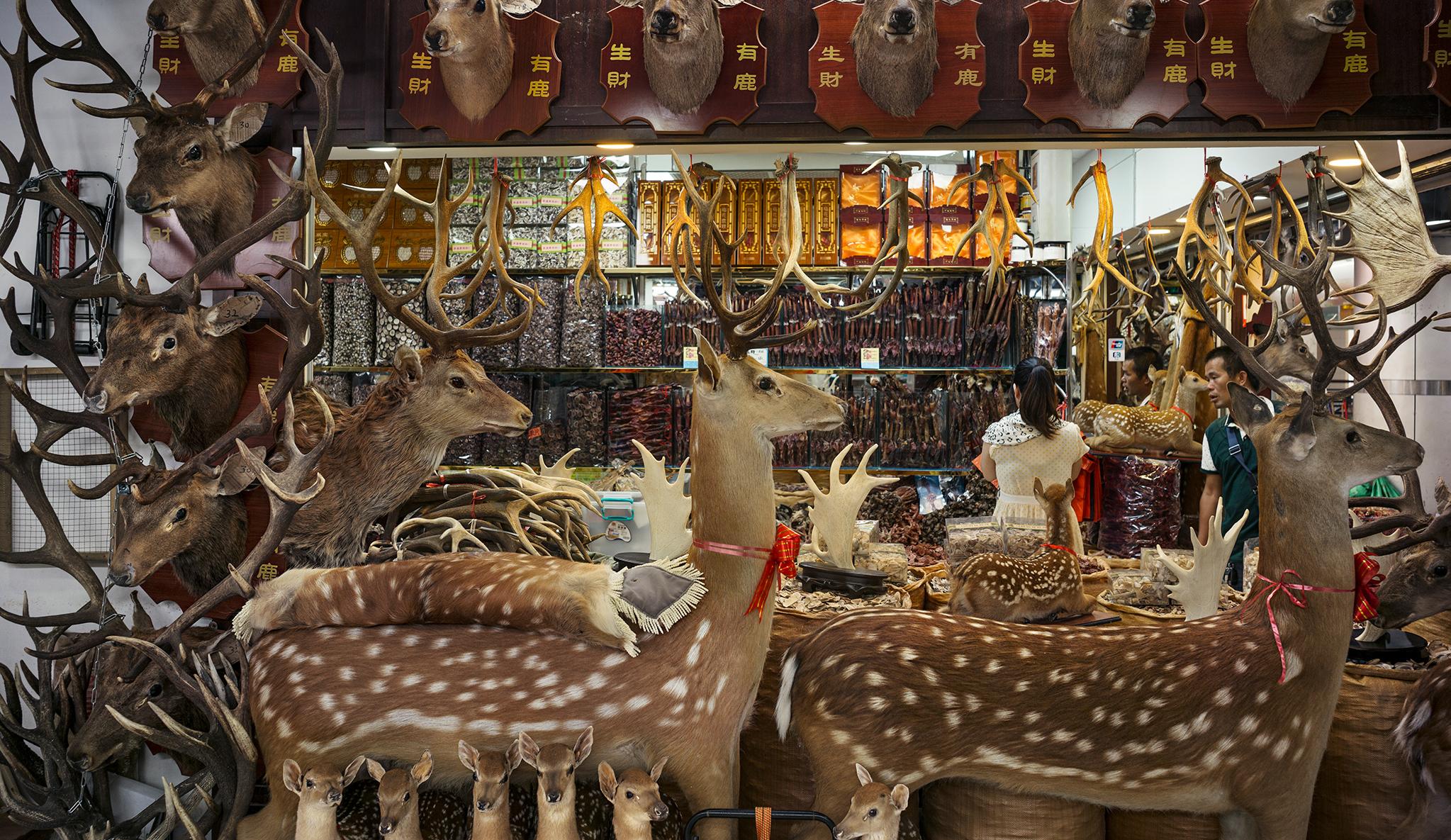Perhaps few people knew or were aware of the true scale of the wildlife farming industry before the Covid-19 outbreak in China and spread around the world. Because licensing in China has traditionally been carried out by provincial and local forestry departments, information about these activities seems to be not fully publicized.
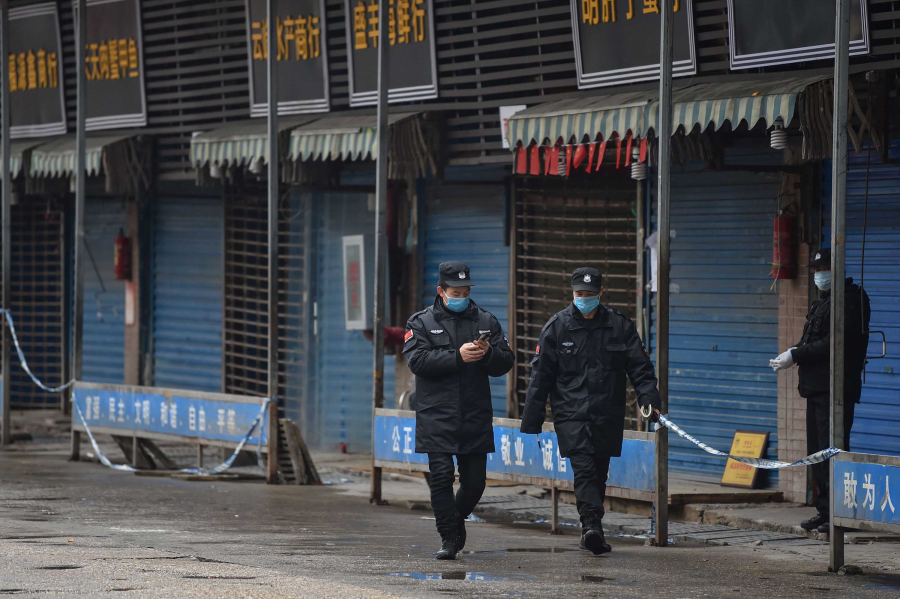
Closing the Huanan Seafood Market in Wuhan - believed to be the origin of Covid-19
At the end of December, the epidemic caused by the new coronavirus officially named Covid-19 broke out in China. Scientists began to search for the host of this virus and confirmed that it originated from wild animals such as bats, snakes, etc. At the end of January 2020, the Chinese government issued a temporary ban on the trade of wild animals to limit the spread of the virus, and began to forcibly shut down animal breeding facilities in early February.
The central legislature has rushed to amend the Wildlife Protection Law and may restructure regulations on the use of wild animals as food or ingredients in traditional Chinese medicine.
On February 24, the Standing Committee of the National People's Congress of China officially issued new measures to restrict the trade of wild animals, ban the consumption of wild animal meat and the sale of wild animals for meat in animal markets, from now until the Wildlife Protection Law is amended and passed.
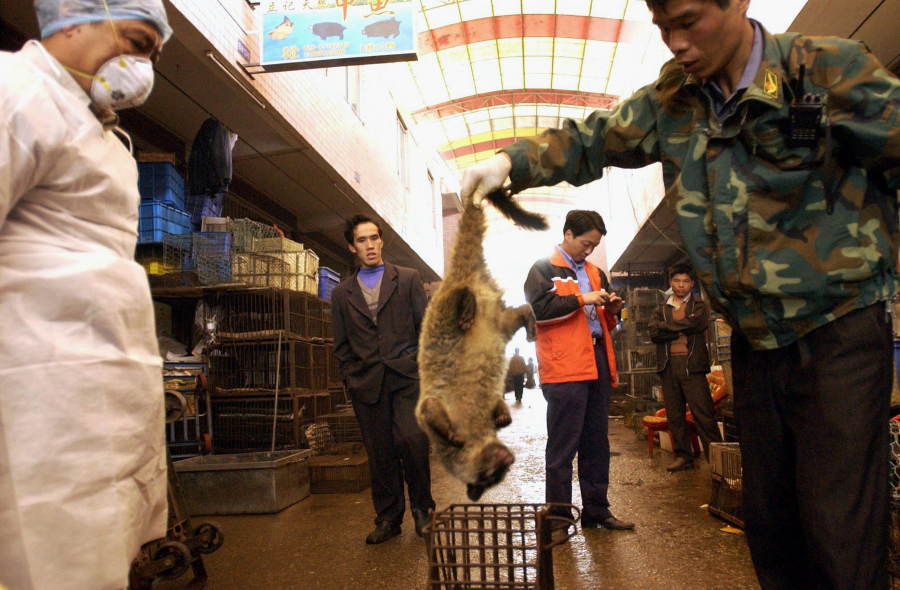
However, this particular market could not have arisen and flourished naturally. For many years, the Chinese government has promoted the idea of domesticating and raising wild animals as an important part of rural development, ecotourism, and poverty alleviation for rural farmers. Just weeks before the Covid-19 outbreak, the State Forestry Administration was still actively encouraging people to raise wild animals and managing these facilities so that people could operate within regulations.
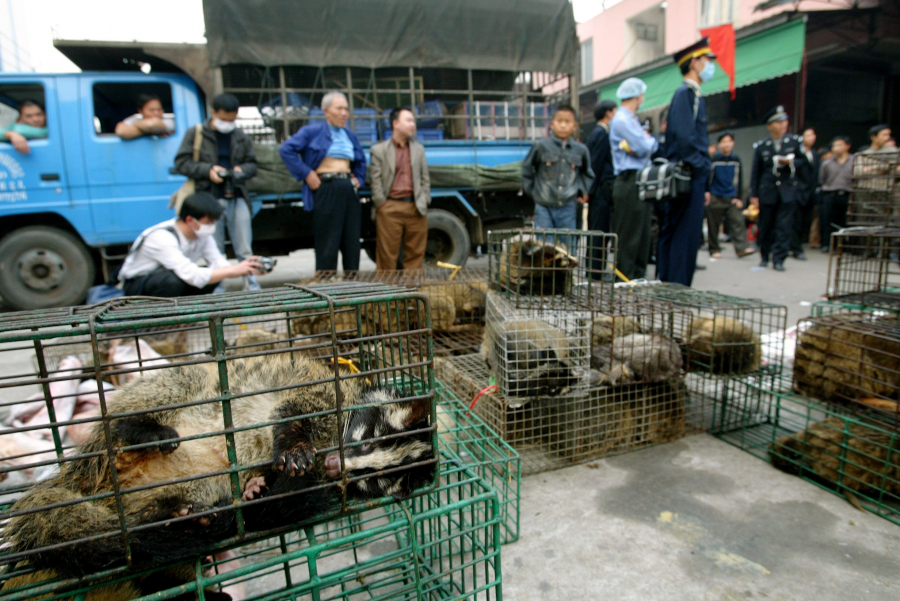

However, Xinhua News Agency reported on February 17 that between 2005 and 2015, China's forestry authorities issued only 3,725 national wildlife breeding licenses - while the actual number was close to 20,000 wildlife farms nationwide. The most prominent of these were 4,600 in Jilin province - a place famous for traditional Chinese medicine.
Besides the difficulty in controlling the numbers, there is also very little information about the list of wild animals bred and kept in farms in China, the most common species known are: civets, sika deer, foxes, peacocks, wild geese, ring-necked pheasants...
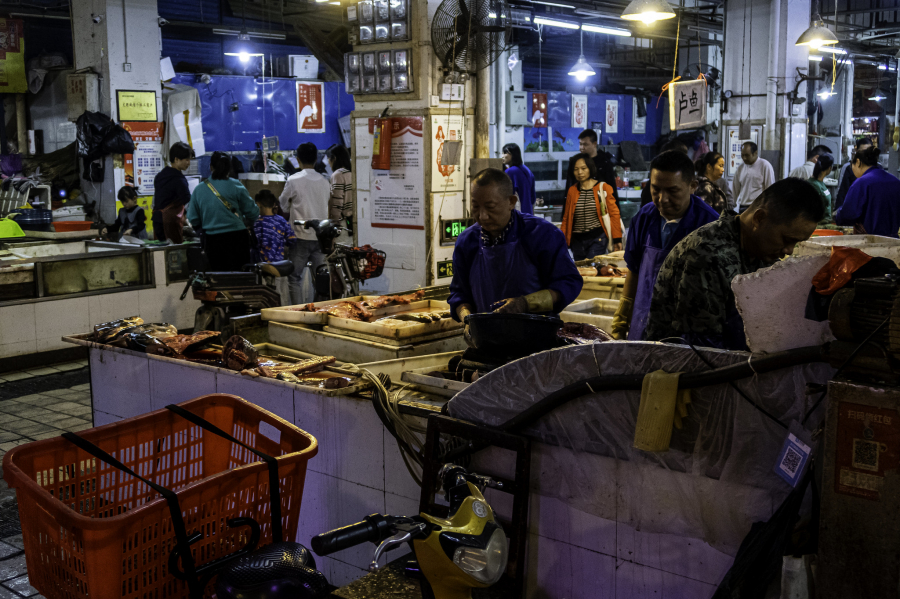
Markets specializing in selling wild animal meat in China
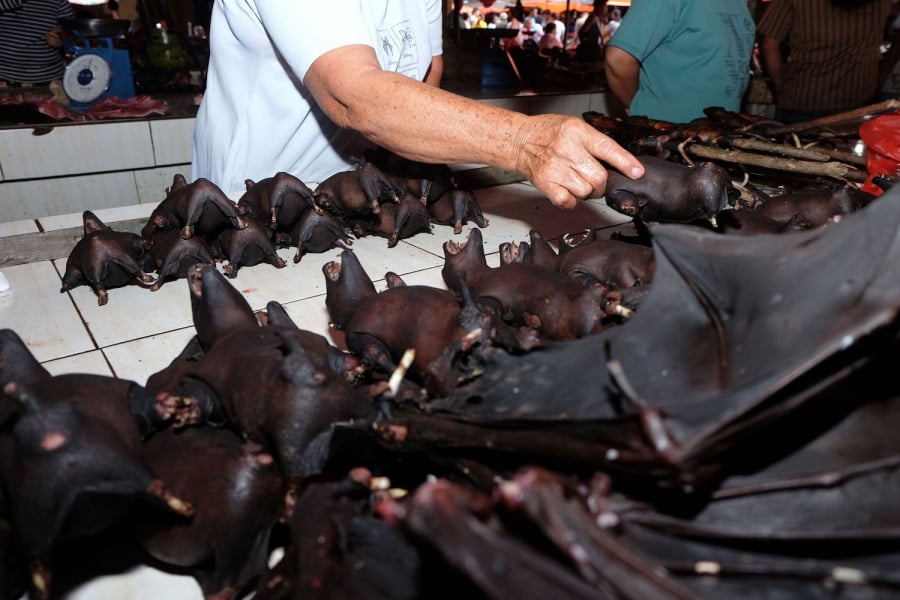
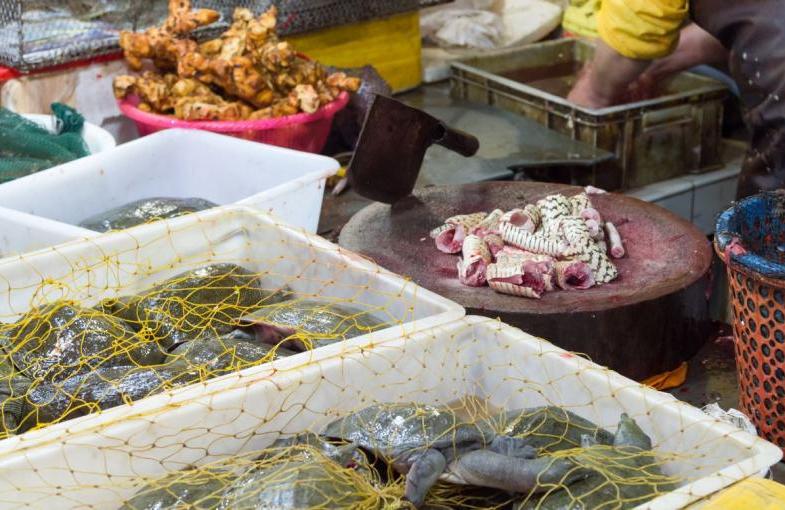
And the question that animal researchers are interested in is: Willrecent ban on wildlife tradeDoes it include the culling of animals in legal and illegal breeding farms? And if so, how will these huge compensation costs be handled?
Aside from the use of wildlife parts for traditional medicine, much of the wildlife trade is for its meat, which is sold online or in animal markets – such as the Huanan Seafood Market in Wuhan, where the outbreak is suspected to have originated.
A 2017 report by the Chinese Academy of Engineering valued the wildlife farming industry at 56 billion yuan (about $8 billion), five times the size of 10 years earlier. Meanwhile, the wildlife trade and consumption market is worth 520 billion yuan (about $74 billion) and employs more than 14 million people.


More than half of the industry's workforce - some 7.6 million people - work in the fur and leather industry, which is worth about 390 billion yuan. About 6.2 million people work on farms raising or processing animals for food. In some poor regions of China, such as Guizhou and Guangxi, wildlife farming is an important source of income for people. Therefore, many environmental and livelihood experts in China are petitioning the government to transform the livestock industry and provide people with new forms of livelihood.





